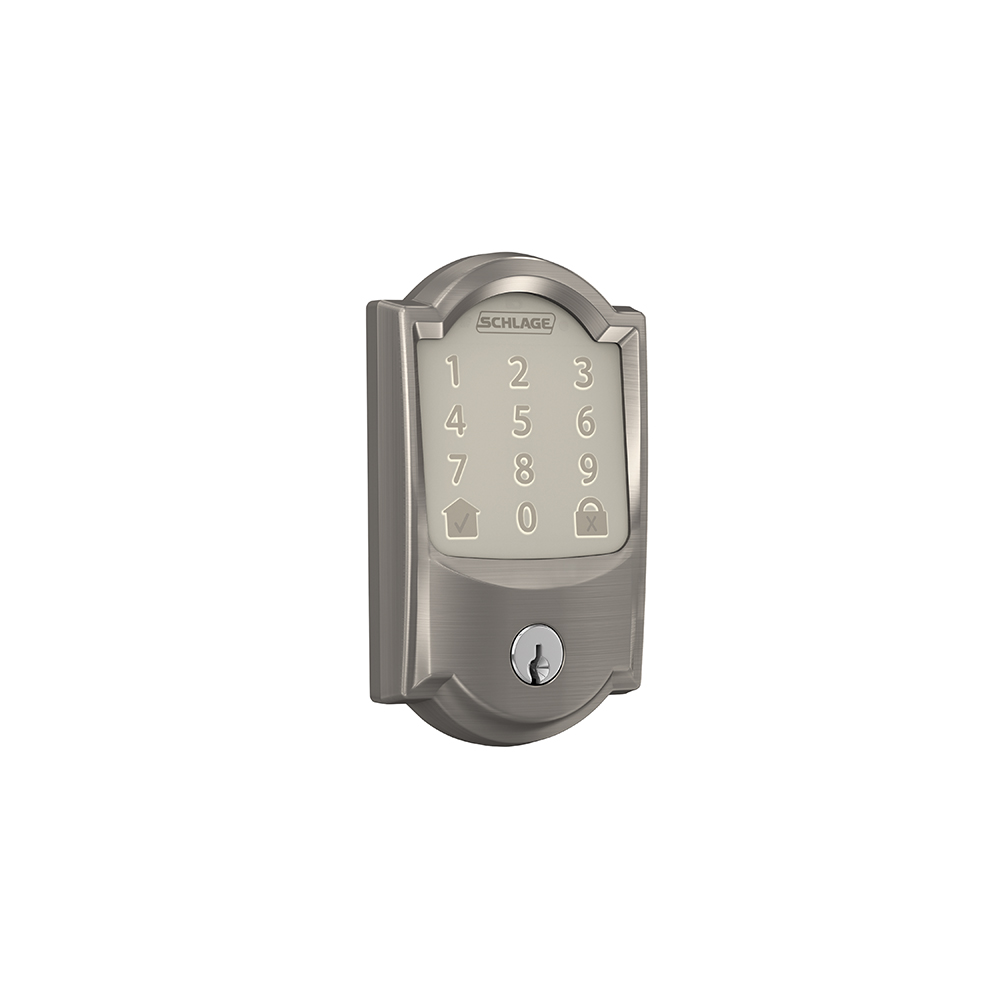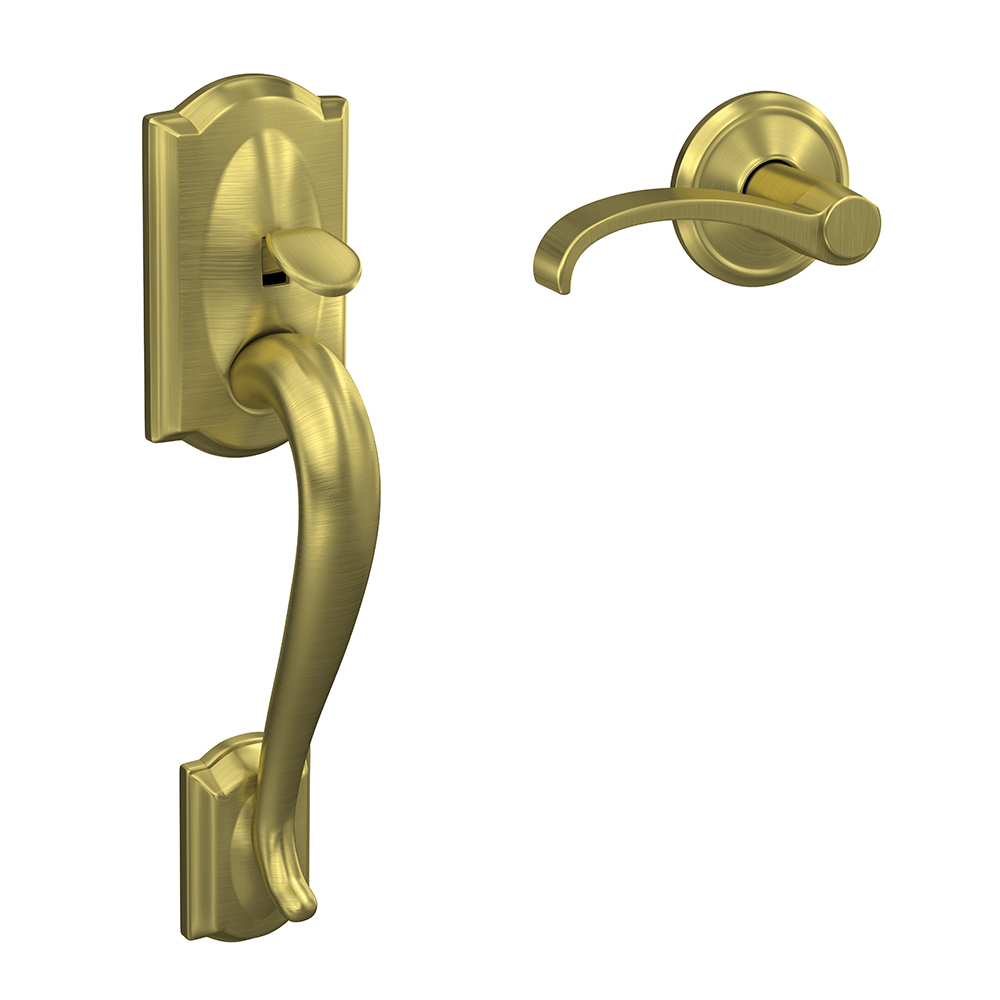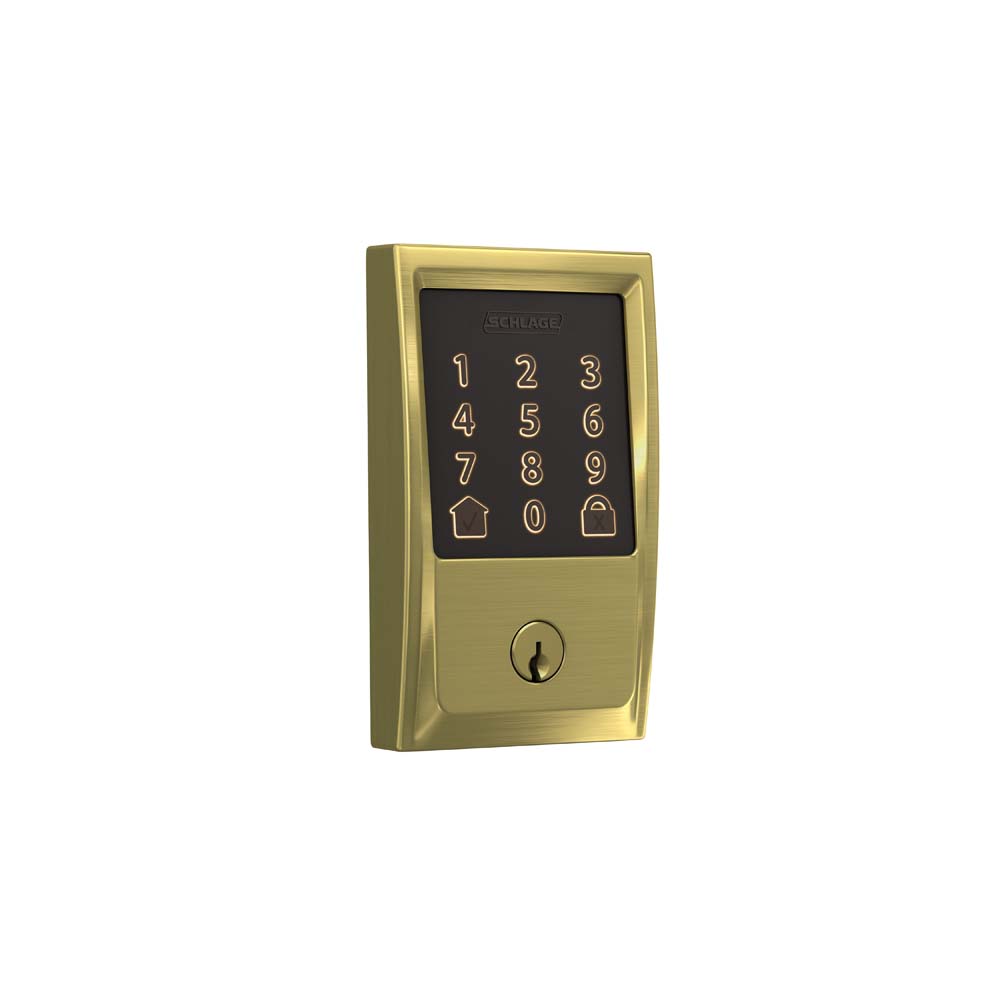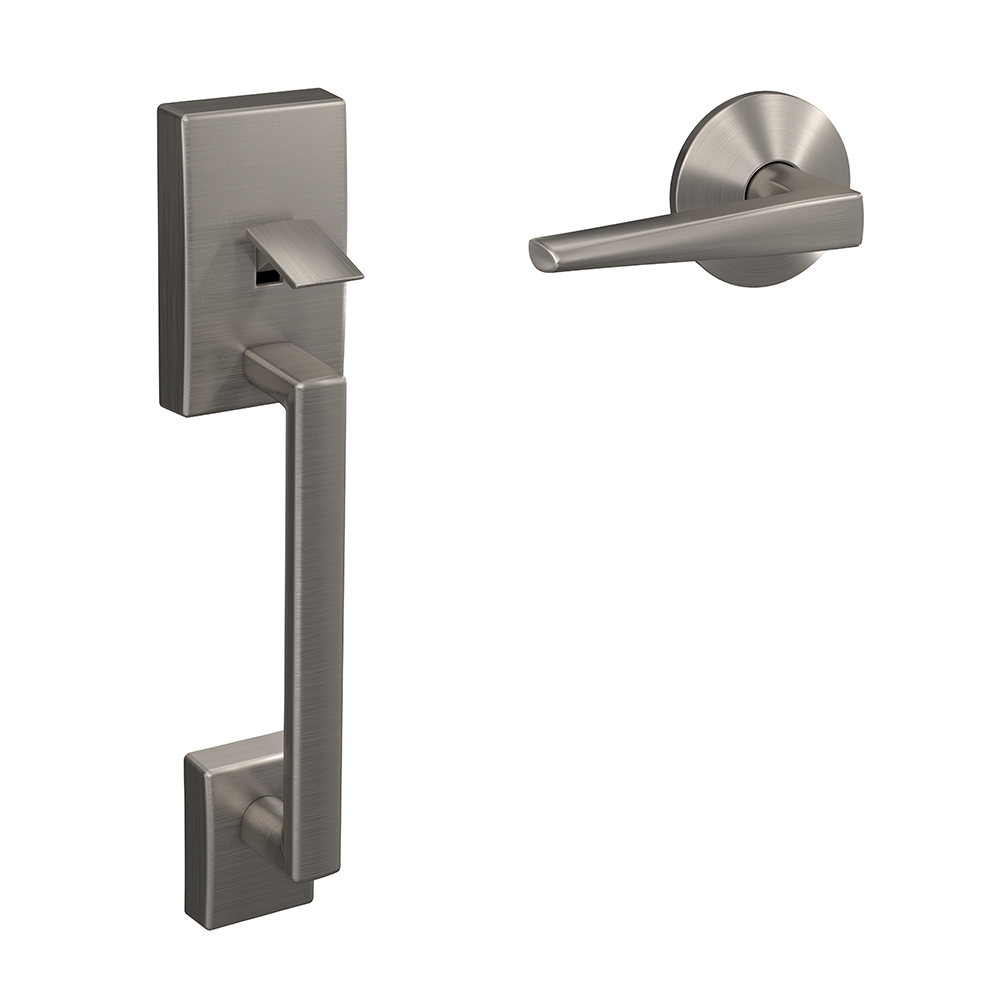How to choose the right containers for your indoor plants.
Friday, February 19, 2021
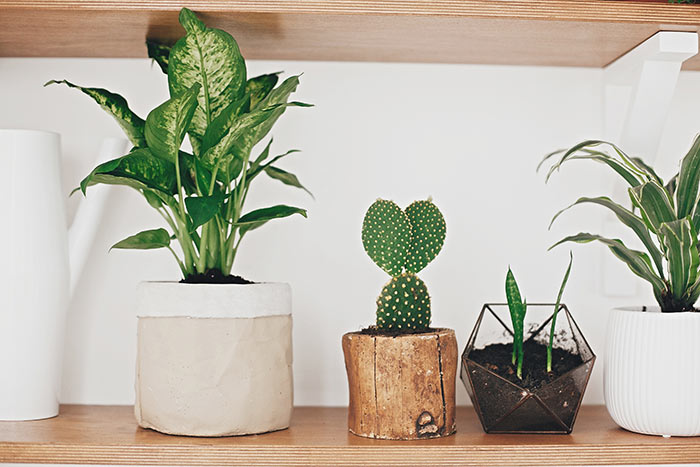
Container size
The size of your container is, well, huge. Choose a pot that’s too small and your plant literally won’t have enough room to grow and the soil will dry out too quickly. Choose one that’s too big and your soil will stay too wet for too long, resulting in root rot. You want a container that’s at least an inch or two larger than the plastic container it currently lives in, or for bigger plants, aim for two to three inches larger. Plan to repot your plant as it grows.
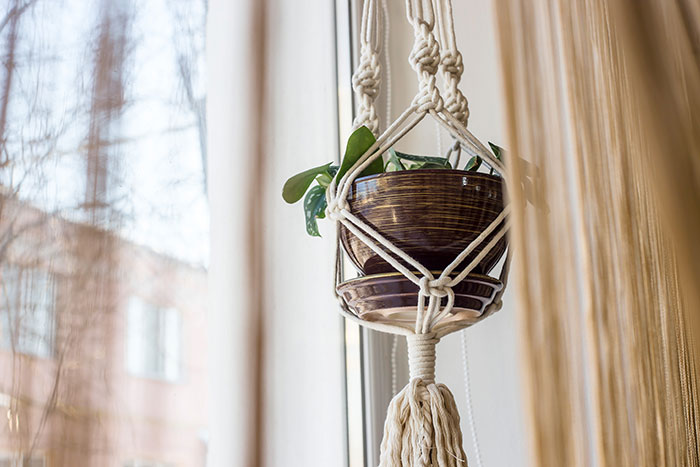
Container type
Let’s start with plastic versus earthenware, terracotta and ceramic. Plastic pots are lighter and less expensive, but they also retain more moisture. This isn’t necessarily a problem, but take that into account based on the type of plant you have – whether they like moist or dry soil – and how often you water them. That lightweight quality may be particularly important to you if you plan on putting your plants on a shelf or in a hanging basket.
Other materials like terracotta are heavier and more expensive, but some experts say they’re better when it comes to maintaining the right level of moisture. Plus, less plastic is good for the environment. No matter what material you choose, we’re sure you’ll find something that fits your personal taste and matches the style of your home.
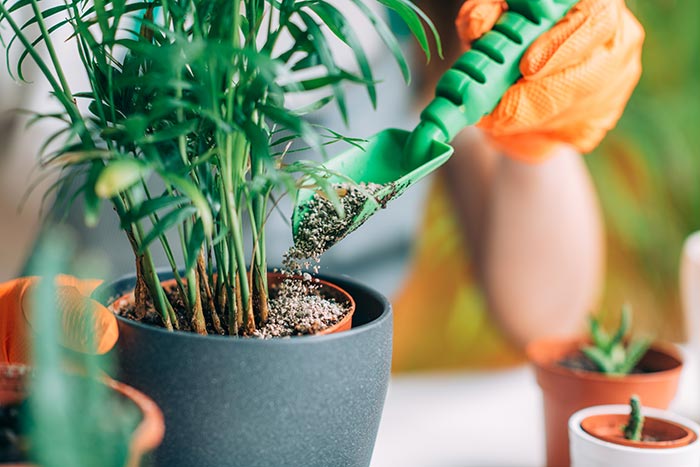
Drainage
When you repot your plant, keep drainage in mind. You either want a pot that allows excess water to run out (and, therefore, a tray, too), or you want to add rocks to the bottom of your pot. Skipping this step could lead to root rot, eventually killing your beloved houseplant. Pebbles and rocks are also helpful on top of the soil if you have curious pets who like to dig.
Here’s a handy trick for when your favorite pot – it’s so pretty! – doesn’t have proper drainage. Use that beautiful container as a cachepot by placing your good-draining pot inside it. This technique is also referred to as double potting and is ideal when you want to use something like a vintage tea tin, wicker basket or hatbox to show off your indoor plants.
When it comes to drainage and soil moisture, don’t forget about self-watering pots. These containers have a reservoir or tray below so roots can soak up water from underneath. This method helps maintain consistent moisture in the soil and lets you be more hands-off in general. It’s not ideal for all plant varieties, though, so do your research first.
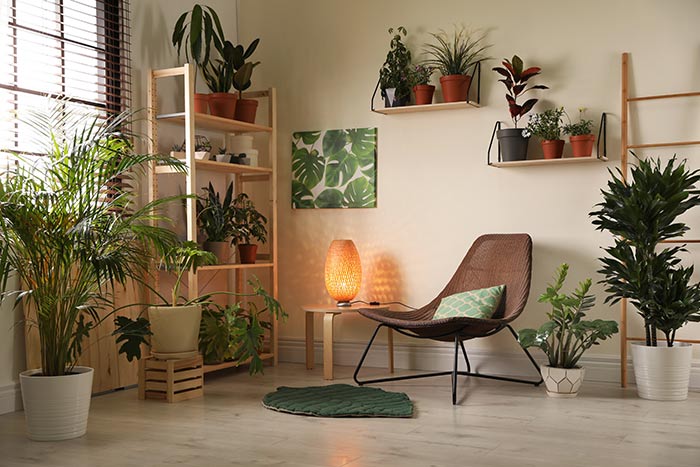
Soil
What kind of soil you use depends on the type of plant you have. Some varieties, like cactus, prefer a higher sand content, while others, like ferns, prefer more humus. You can purchase the ideal potting soil at your local garden store or, if you have a green thumb, create your own mix by adding the right ratios of compost, bark and moss.
Lastly, some plants don’t need soil at all. The obvious example is the air plant, most often planted in a glass bulb or as part of a living wall. Others need water and more swamp-like conditions, or even just a log to latch onto. When you consider these non-traditional houseplants, your options for a unique look expand even more.
Get more tips on caring for indoor plants at the Schlage blog. You’ll also find plenty more features to help make your home as beautiful, healthy and restful as you desire.





